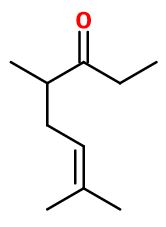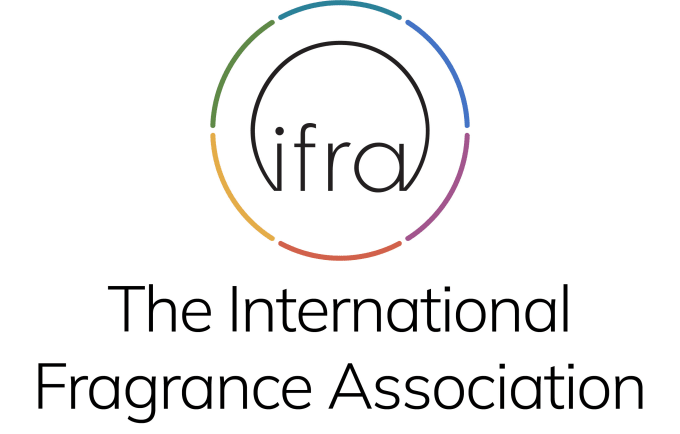
Photo credits: ScenTree SAS
Do you sell any of the raw materials? Would you like to let our users know?
Send an email to fournisseurs@scentree.coto learn about our advertising opportunities.
Do you sell any of the raw materials? Would you like to let our users know?
Send an email to fournisseurs@scentree.coto learn about our advertising opportunities.
General Presentation
-
CAS N° :
2550-11-0 -
EINECS number :
219-845-3 -
FEMA number :
Donnée indisponible. -
FLAVIS number :
Donnée indisponible.
-
JECFA number :
Donnée indisponible. -
Volatility :
Heart/Base -
Price Range :
€€
Physico-chemical properties
-
Appearance :
Colorless liquid -
Density :
0,845 -
Refractive Index @20°C :
Data not available. -
Optical rotation :
Data not available. -
Vapor pressure :
Data not available. -
Flash Point :
68°C (154,4°F)
-
Molecular formula :
C10H18O -
Molecular Weight :
154,25 g/mol -
Log P :
Donnée indisponible. -
Fusion Point :
Donnée indisponible. -
Boiling Point :
209°C (408,2°F) -
Detection Threshold :
Donnée indisponible.
Chemistry & Uses
Uses in perfumery :
Dimethyl Octenone is used in grapefruit notes and in fruity notes to bring a minthy nuance and depth. Also used in buchu or mint notes to bring a slightly zesty note.
Year of discovery :
Data not available.
Natural availability :
Dimethyl Octenone is not found in nature.
Isomerism :
Dimethyl Octenone has an asymmetric carbon, giving rise to two possible enantiomers for this molecule. Nevertheless, the ingredient used in perfumery is a mix of the enantiomers of the molecule. Dimethyl Octenone is also a constitutional isomer of Linalool and Geraniol, among others, meanwhile it doesn't have the same smell as its isomers used in perfumery.
Synthesis precursor :
Dimethyl Octenone is not used for the synthesis of another molecule used in perfumery.
Synthesis route :
Dimethyl Octenone can be synthesized by an alkylation reaction engaging diethyl ketone and prenyl chloride.
Stability :
Unstable in very acidic and very alkaline products.
Other comments :
Dimethyl Octenone is part of the terpenes family. These are molecules frequently synthesized by a Diels-Alder reaction, making the number of carbons in the empirical formula a multiple of five.
IFRA
IFRA 51th :
This ingredient is restricted by the 51th amendment
- Quantitative limit on the use :
-
Cat.1 Cat.2 Cat.3 Cat.4 Cat.5A B C DCat.6 0,18 % 0,10 % 0,37 % 1,9 % 0,48 % 0,37 % 0,48 % 0,12 %0,18 % Cat.5A B C DCat.6 0,48 % 0,37 % 0,48 % 0,12 %0,18 % Cat.7A BCat.8 Cat.9 Cat.10A BCat.11A BCat.12 0,55 % 0,55 %0,12 % 1,5 % 0,73 % 2,4 %0,12 % 0,12 %No restriction Cat.10A BCat.11A BCat.12 0,73 % 2,4 %0,12 % 0,12 %No restriction


